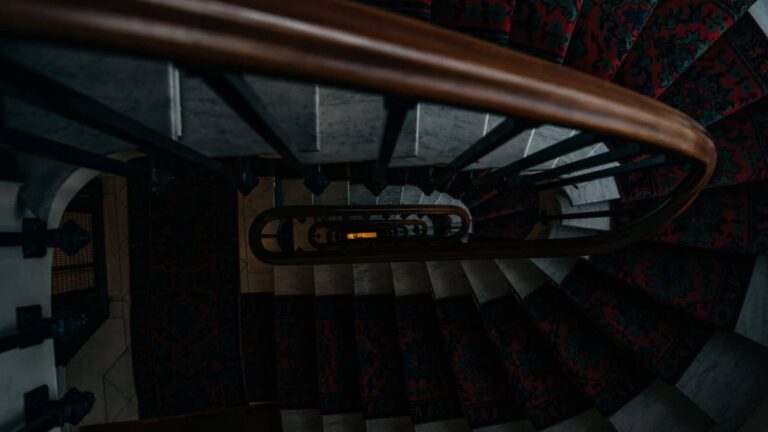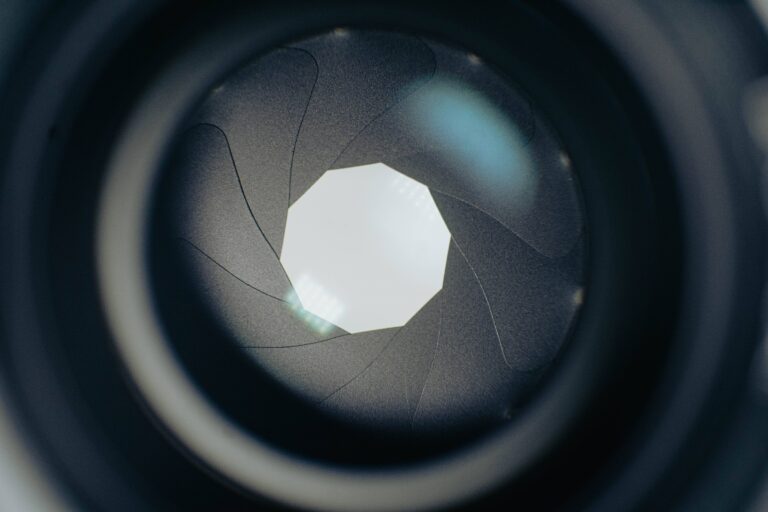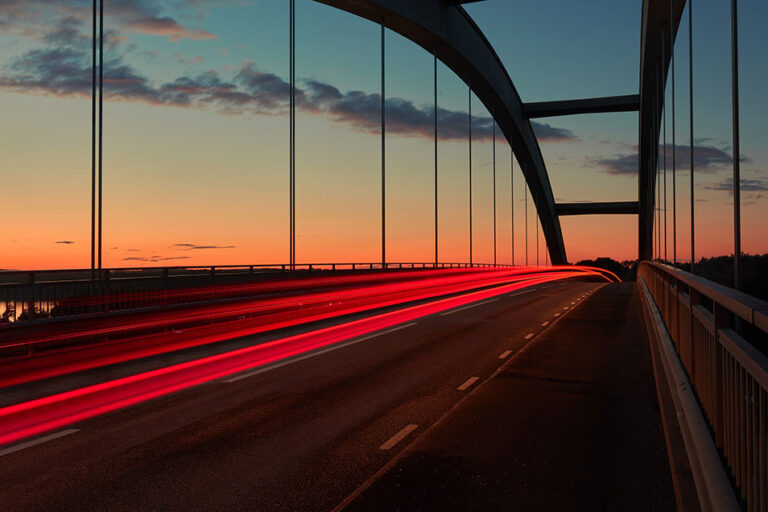Tripod vs Gimbal – How to Make the Right Decision
The art of photography focuses on getting pictures as clean as possible and without any unsettling blur that can ruin a perfectly good and normal picture. That is something that no one really wants to experience. Now, when it comes to stabilizing your camera, you have a choice between a gimbal and a tripod, both have been around for some time and despite their inherently different uses, people end up confusing them with one and the other. Well, today, we are going to help you focus on the whole situation.
So, how do you tell whether you need to get your hands on a gimbal or a tripod? Well, don’t worry as we are here to help you in this post and you will be able to make the right decision in no time. So, let’s not waste time and have a look, shall we?
Tripod vs Gimbal
What is a Tripod?
In the simplest words, a tripod is a portable device that normally has three legs, these legs can expand or contract based on your requirements and ensure that the frame itself is standing as stable as possible. Tripods are used to mount cameras on top, so the photographer can take the shot without the camera itself moving even a little bit.
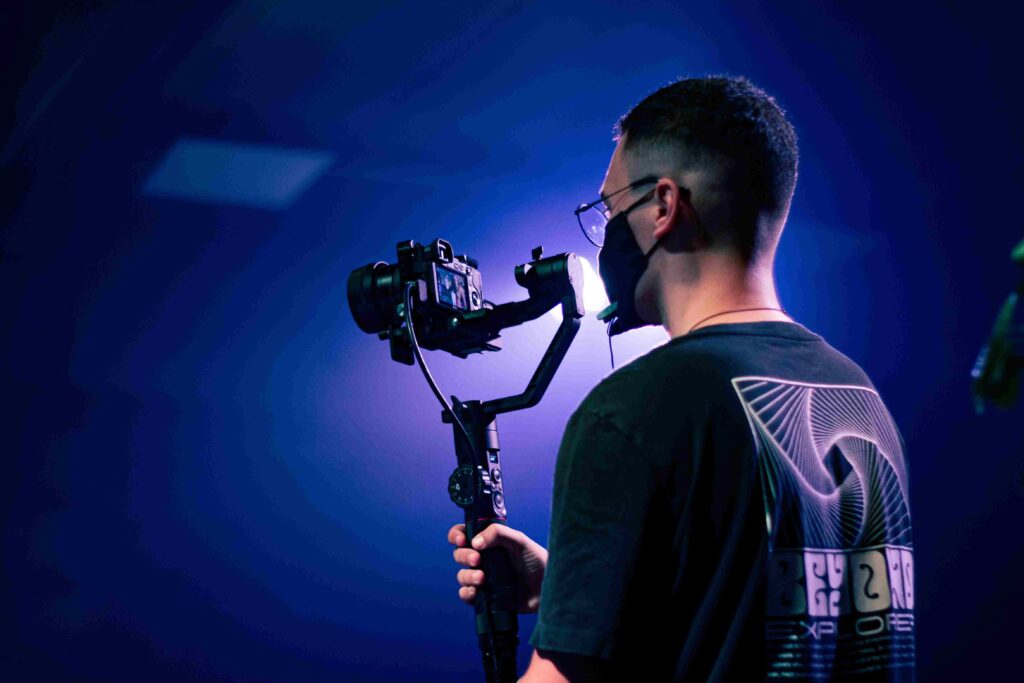
Tripods are essential in a lot of different photography types as well as some videography as they provide support without the camera moving.
What is a Gimbal?
A camera gimbal is a device that lets you captured stabilized and smooth footage while you are moving. A gimbal provides stabilization at multiple axis, allowing you to take most stabilized footage. Unlike tripods, gimbals are used for handheld footage and more importantly, have a lot more technology that goes into them and are more ideal for shooting videos while on the go.
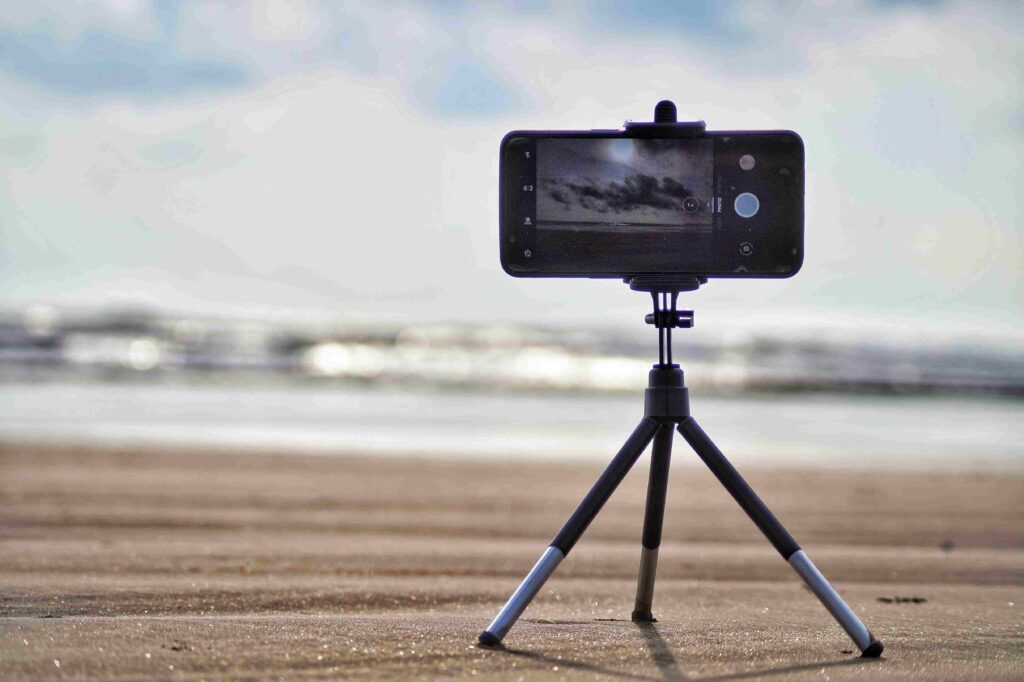
What are the Main Differences Between a Tripod and Gimbal?
Now, when you are in the market looking for a gimbal or a tripod, you might end up getting confused between the two because you simply don’t know which one you should pick. You will also start realizing that gimbals are inherently more expensive than some of the highest end tripods but hear me out, there are a lot of differences, so let’s have a look.
1. Use Case Scenarios
The first thing that sets gimbals apart from tripods or vice-versa is the fact that they have different use case scenarios. For instance, a gimbal is purely used for shooting stabilized video while you are on the move. The camera attaches to the gimbal, plugs in, calibrates, and then starts shooting the video you are looking to shoot.
On the other hand, tripod is generally used for shooting video in which the camera does not have to move at all, and more commonly, a tripod if used to capture shots where the movement of the camera has to be absolutely zero. Think long exposure shots, or landscape shots where you cannot mess up the horizon even by a few millimeters of movement.
2. Price
Another major difference between a gimbal and a tripod is that they are going to vary in the price, by a lot. A gimbal has a lot of electronics and mechanisms installed into it, and the more advanced the gimbal, the higher it is going to cost. However, a tripod is more or less built on the same blueprint—sure, there are differences such as the material used, and some patented parts, but for the most part, a tripod is a tripod. You will not see a tripod that has an OLED display because there are no electronics in a tripod, not a single one.
3. Learning Curve
Another thing about gimbals and tripods that you must know is that they share a drastically different learning curve, and that is what makes them so different from each other. Using a tripod is perhaps the easiest thing that you will have to do. Find a stable surface, place your tripod there, mount the camera, and you are done.
However, the same cannot be said about a gimbal because if you are buying a gimbal, you are also expected to spend a good chunk of time learning how to use the gimbal as it can easily confuse almost all the veterans.
Learning curve is definitely something that come with gimbals but thankfully, most of the modern gimbals have taken care of this by providing quality guides and instructions, so even if you do get your hands on a very advanced gimbal, you will not have a point of contention that will leave you confused. So, keeping that in mind is important.
4. Results
Another thing that you must know as a difference between a gimbal and a tripod is that the resulting product is very, very different. A tripod will give you a footage of a picture that is taken from a stationary point, whereas a gimbal will give you video that will look out of the world provided that you are doing it the right way.
But then again, this is given considering how both these devices are entirely different, and you have to keep this in mind, in the first place.
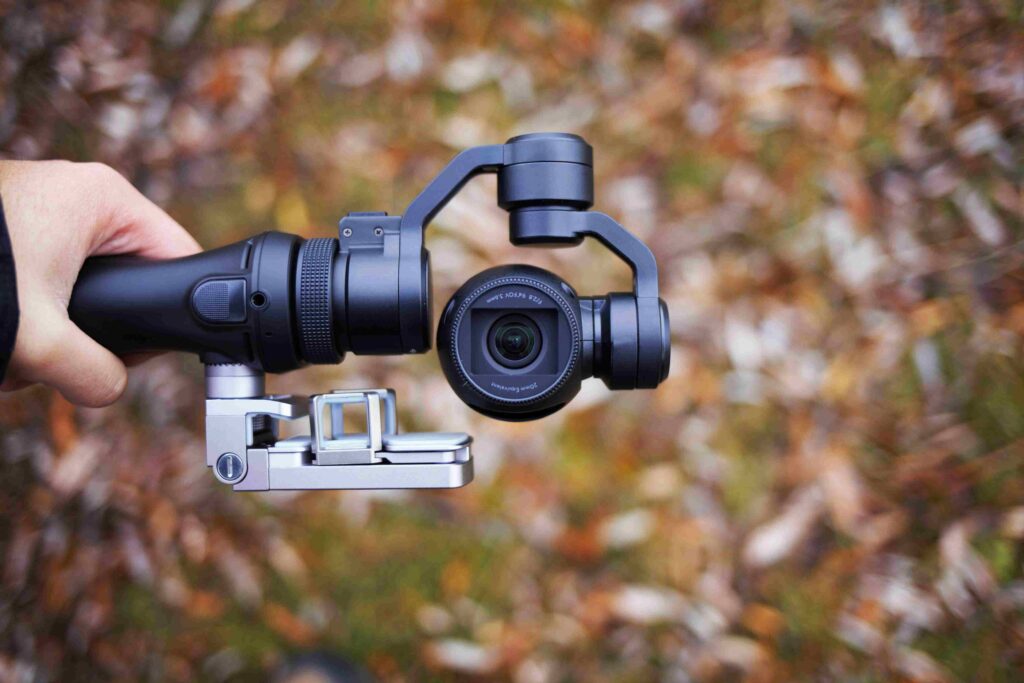
How to Know Which Device to Pick?
When you are a photographer/videographer, you will realise that there are going to be instances where you might have to choose between the right device. In this situation, you can easily get confused when it comes to making the right decision.
If you are shooting video and you know that you will be moving a lot, then you are going to need a gimbal because only a gimbal can give you the results you are looking for.
On the other hand, if you are looking to shoot long exposure pictures, or pictures of the wildlife, or even stationary video, getting a tripod is the right option as it will save you the trouble and honestly, a good chunk of money, too.
Frequently Asked Questions
Conclusion
I do understand that if you are a newcomer, it is easy to get confused between a gimbal and a tripod but I can assure you that both of these are inherently different and you would end up facing troubles if you ever confuse these and go for one thing over the other.
The best thing to do is know the differences between both devices and choose the one that you think is right for you. I am going to make it easy for you and reiterate the situation. If you are someone who is primarily going to shoot videos, you should invest in a gimbal but if you are someone who is going to take pictures, then you should invest in a tripod.
This is going to help you the most because now you know what your use case is, and you will have an easier time narrowing down everything.



